It gets dry and unpleasant to smoke, but the "quality" is actual drug doesn't really go bad or expire.
papalonian
Is that your guess, or are you puzzled by the concept?
Close, I DM'ed a short-lived DnD campaign a year ago.
I remember having a thought one day as a young kid while interacting with a DVD main menu (the kind that had clips from the movie playing in the background, and would play a specific clip depending on what menu you went in to).
"This is basically how video games work, there's a bunch of options you can choose from and depending on what you do it shows you something. Videogames are just DVD menus with way more options."
I grew up to not be a programmer.
Ain't got no chicken, ain't got no rats
I think teaching about religion is fine and actually good for interacting with people outside your culture. Teaching of a specific religion is where you run into trouble.
I had a unit early on in school and another one in my early teens where we basically learned about the origins of a bunch of different religions and cultures surrounding them. Learned a lot about people that otherwise would seem unapproachable to me.
This is probably the funniest post I've seen here since the stupid moth shit took over. Please, where are the remaining 16 lists of objective facts?
Oh, that just pissed me off.
Couple weeks ago I was at a bachelor's party, to which a number of people had brought Magic decks. I knew nothing about the game (never even watched a video), made this clear, and said that I just wanted to watch everyone else play.
Someone handed me a deck and said, "no buddy, you're playing!" I protested, but it was fruitless. I'd been roped in; and I was excited! A group of people excited to show a new player their hobby.
The guy that handed me the deck then proceeded to explain nothing and get increasingly frustrated when I had no idea what he meant when he'd say "uh, no you have to UNTAP your cards first.. ok now tap them.. yeah I know you just untapped them but tap them 😠🙄" (I still do not know what the point of turning my cards sideways for two seconds was but I guess it's super important?)
The other two players were fairly intoxicated and probably didn't pick up on the toxicity, but the whole table was frustrated with how God awfully slow the game was taking since the new guy just wasn't getting it. I just wanted to watch.
Up until now I thought homeboy had just oversimplified a few rules in his head and forgot a thing or two, but seeing that the actual instruction manual is 500+ pages, I'm furious that he had the audacity to forcibly rope a drunk person with zero interest in playing into the game, just to treat them like a moron for not instantly getting it.
\rant
Can't you just check your bank account?
I have "saved" a lot of money over the years ... yet my bank account doesn't reflect that.
What the hell was the point of your original question 😂
Even this depends on diction.
"What is your favorite color?" - School teacher.
"WHAT- is your favorite color?" - Bridge Keeper
Two things are better on a water bed... One of them is sleep
Have literally never heard a positive experience of fucking on a water bed. Can't imagine it would be enjoyable.



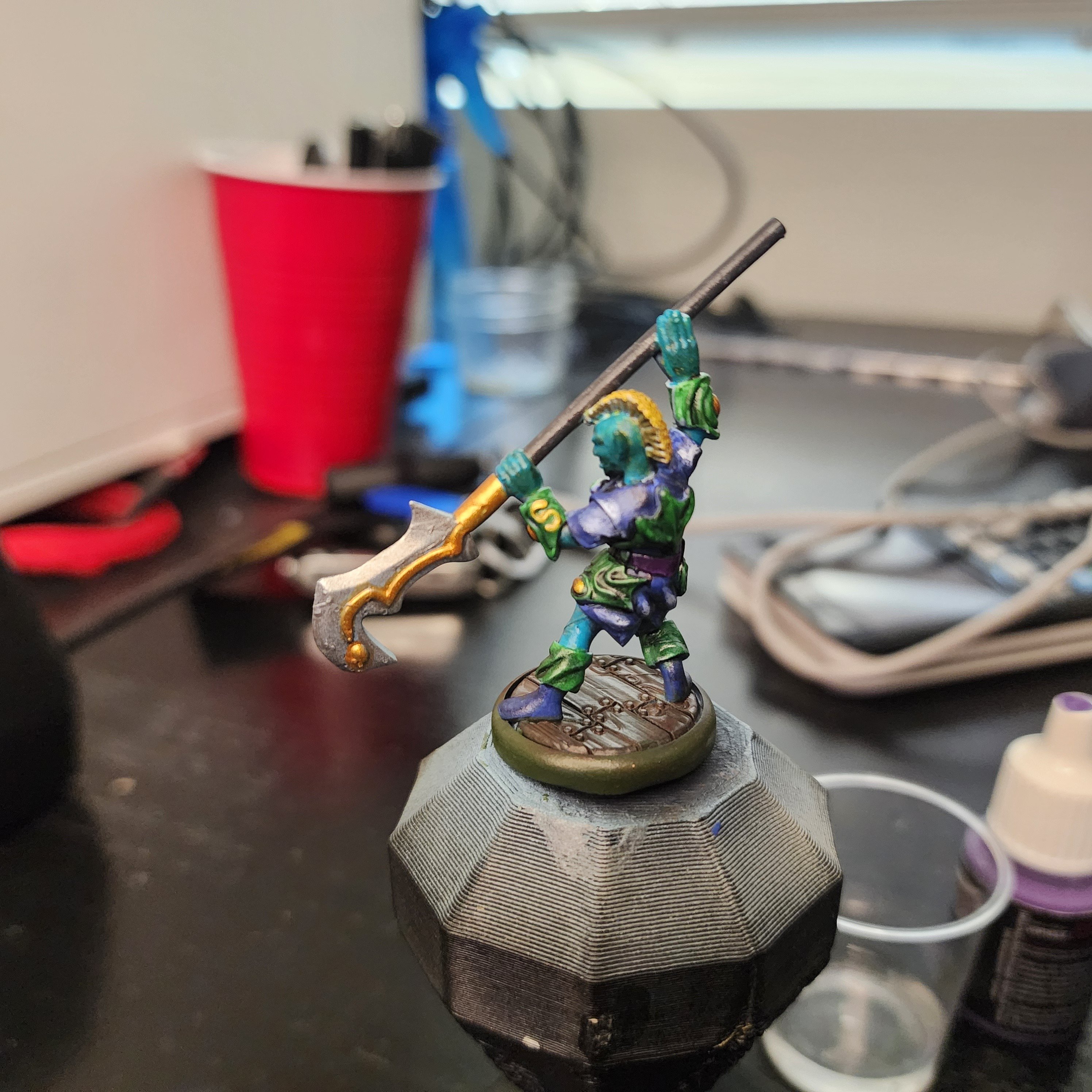
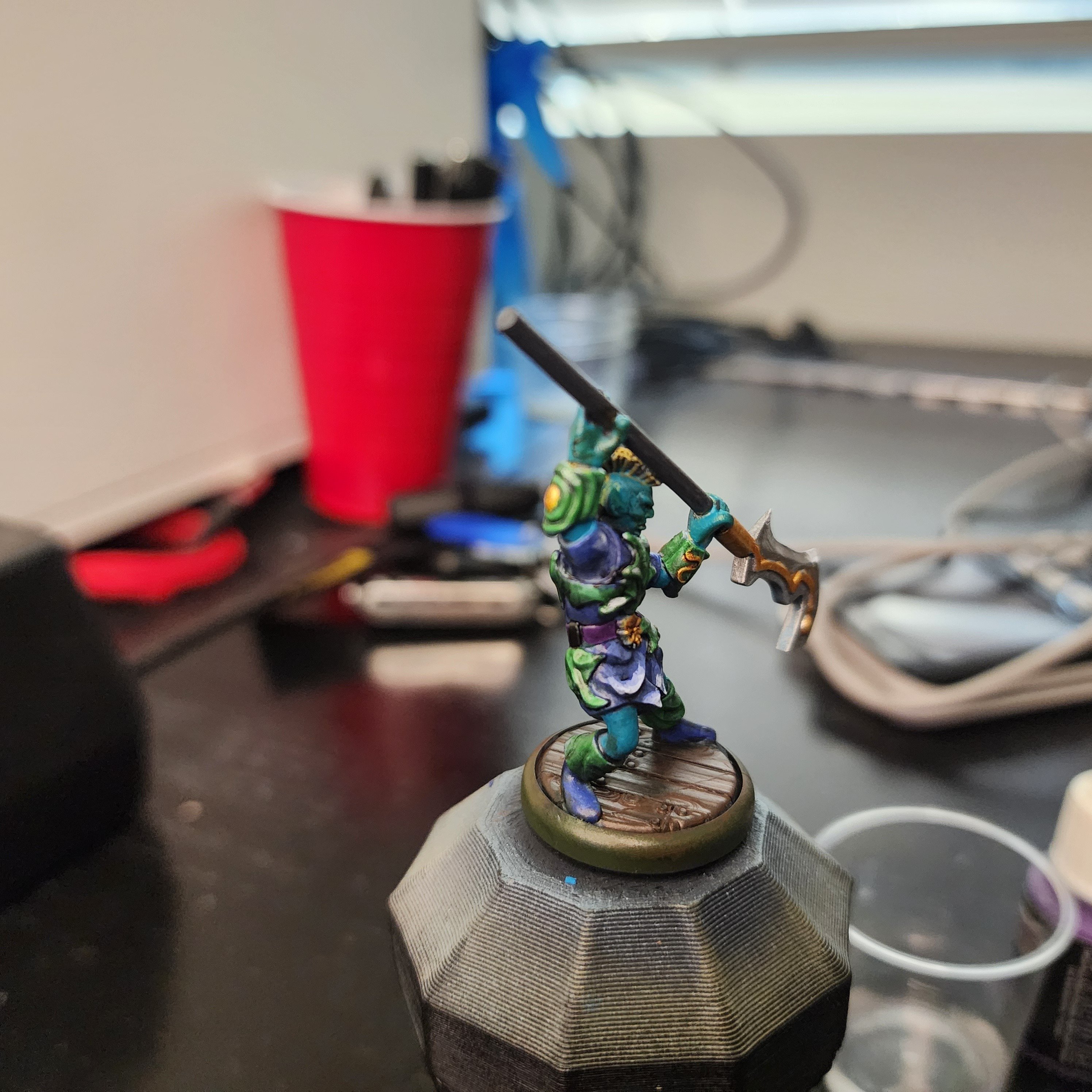
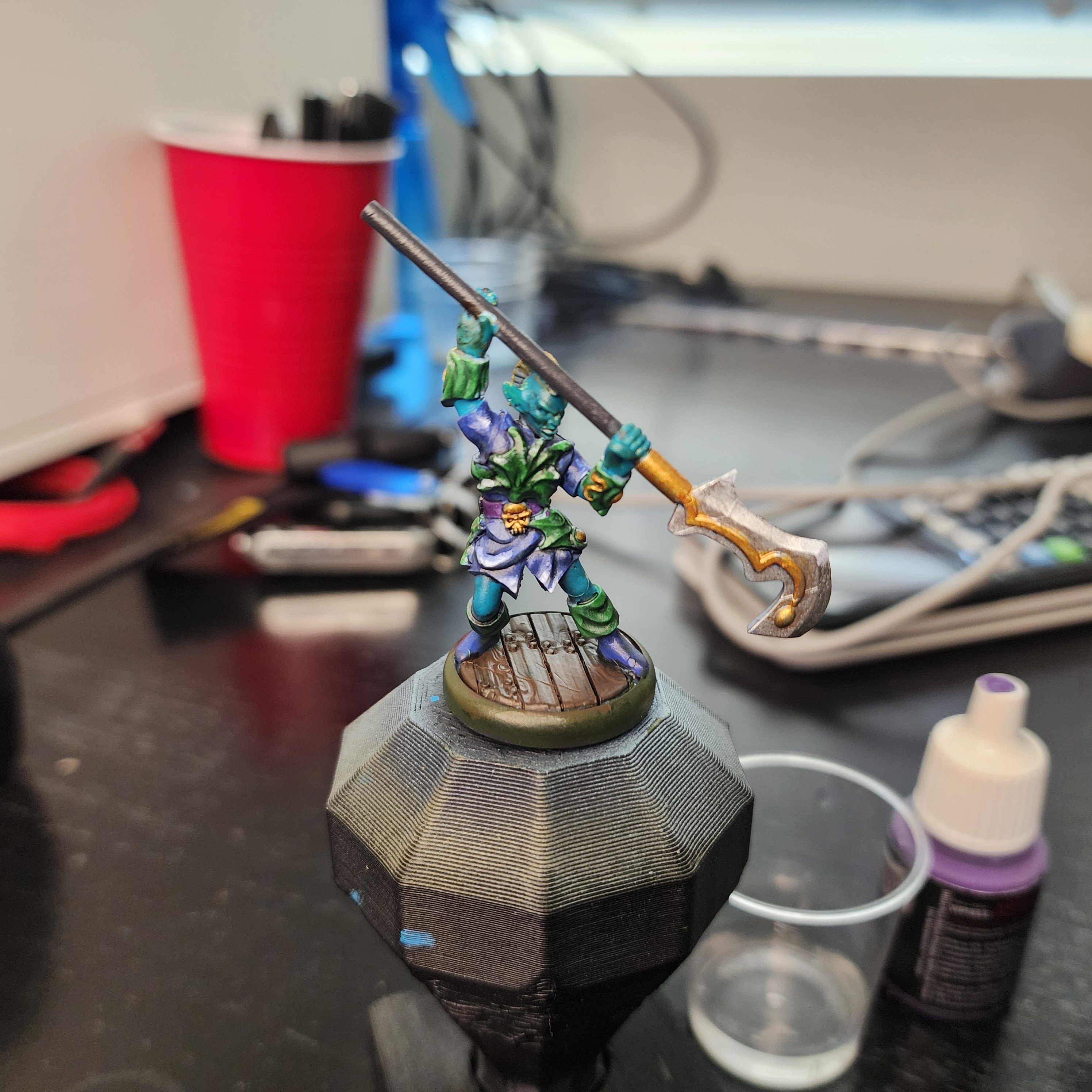
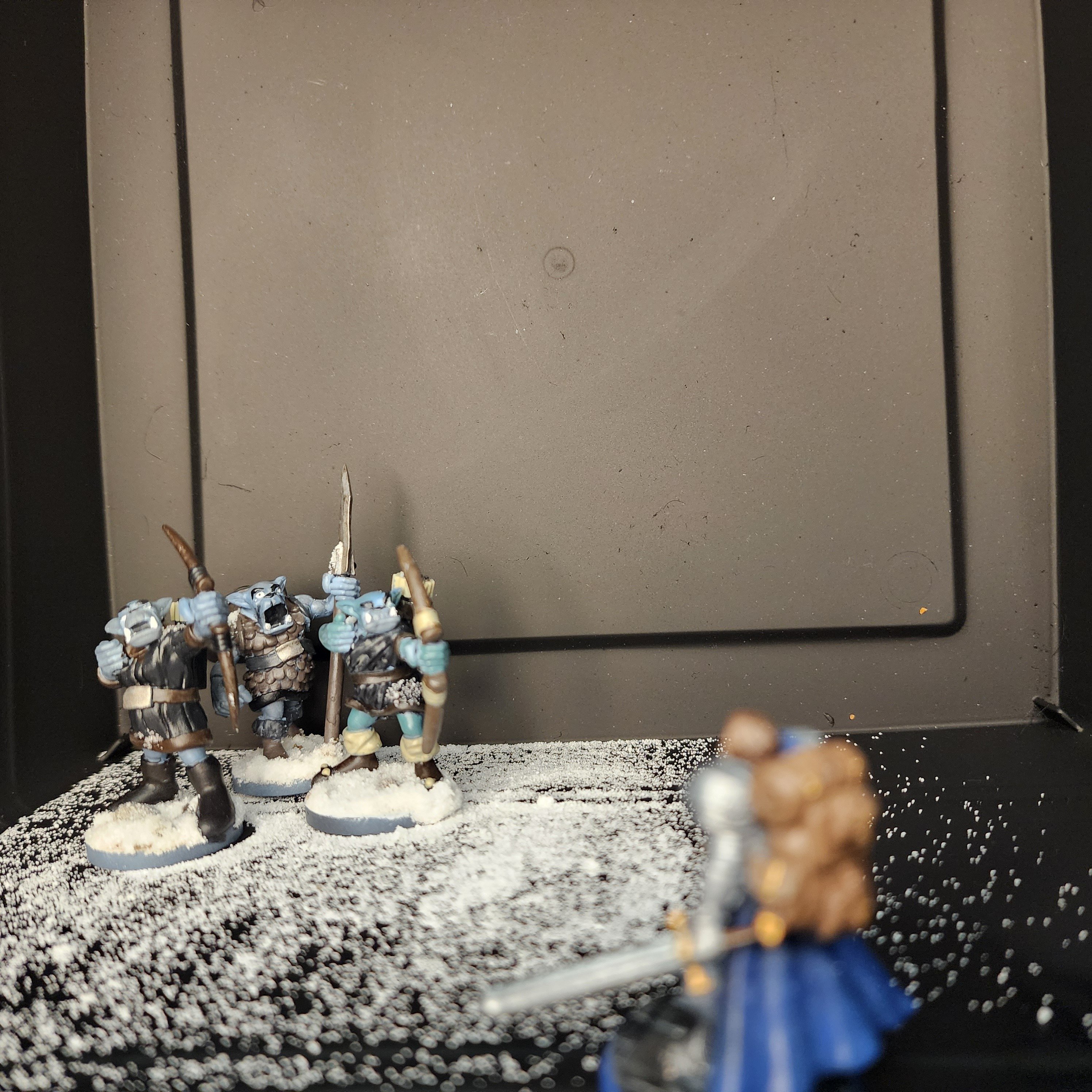
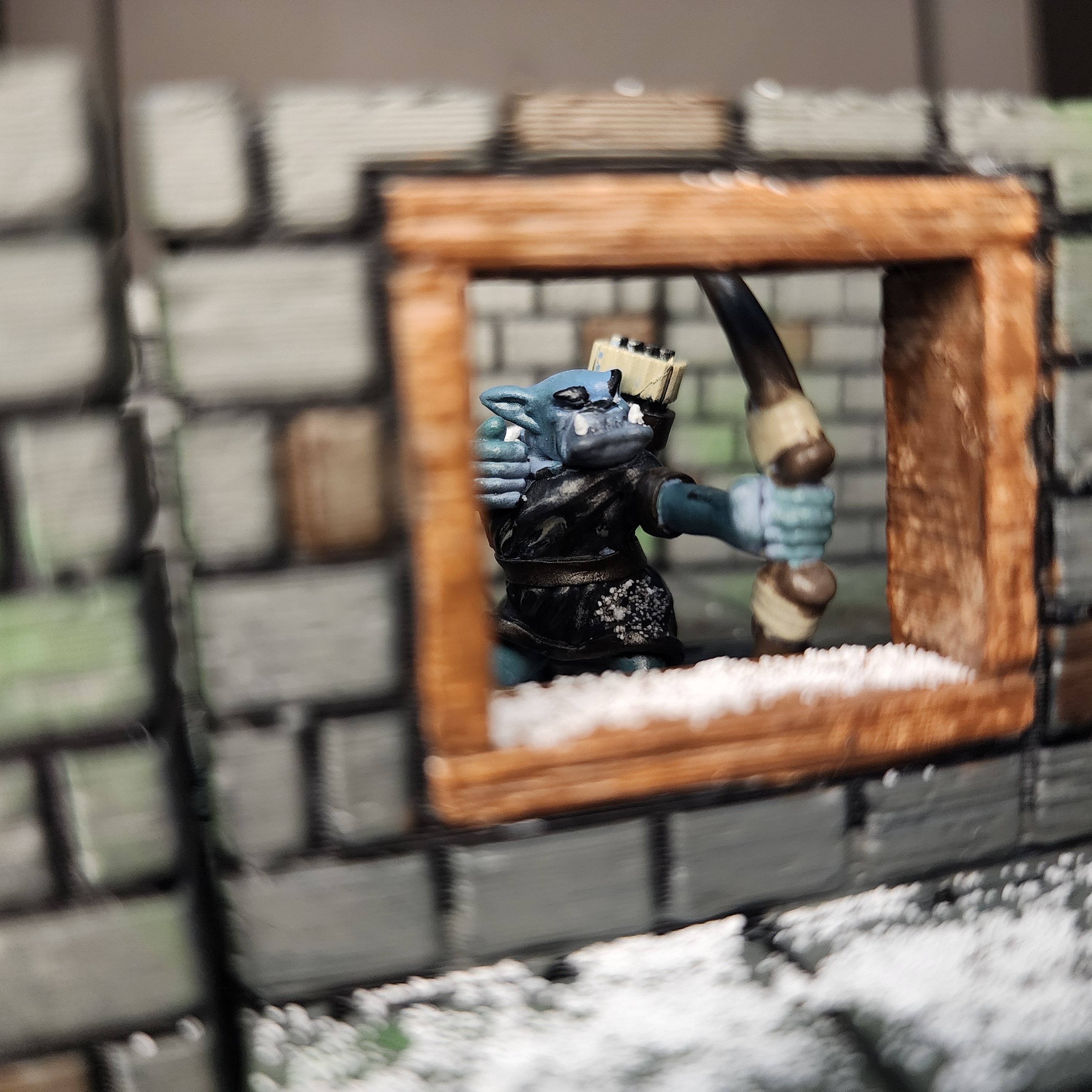
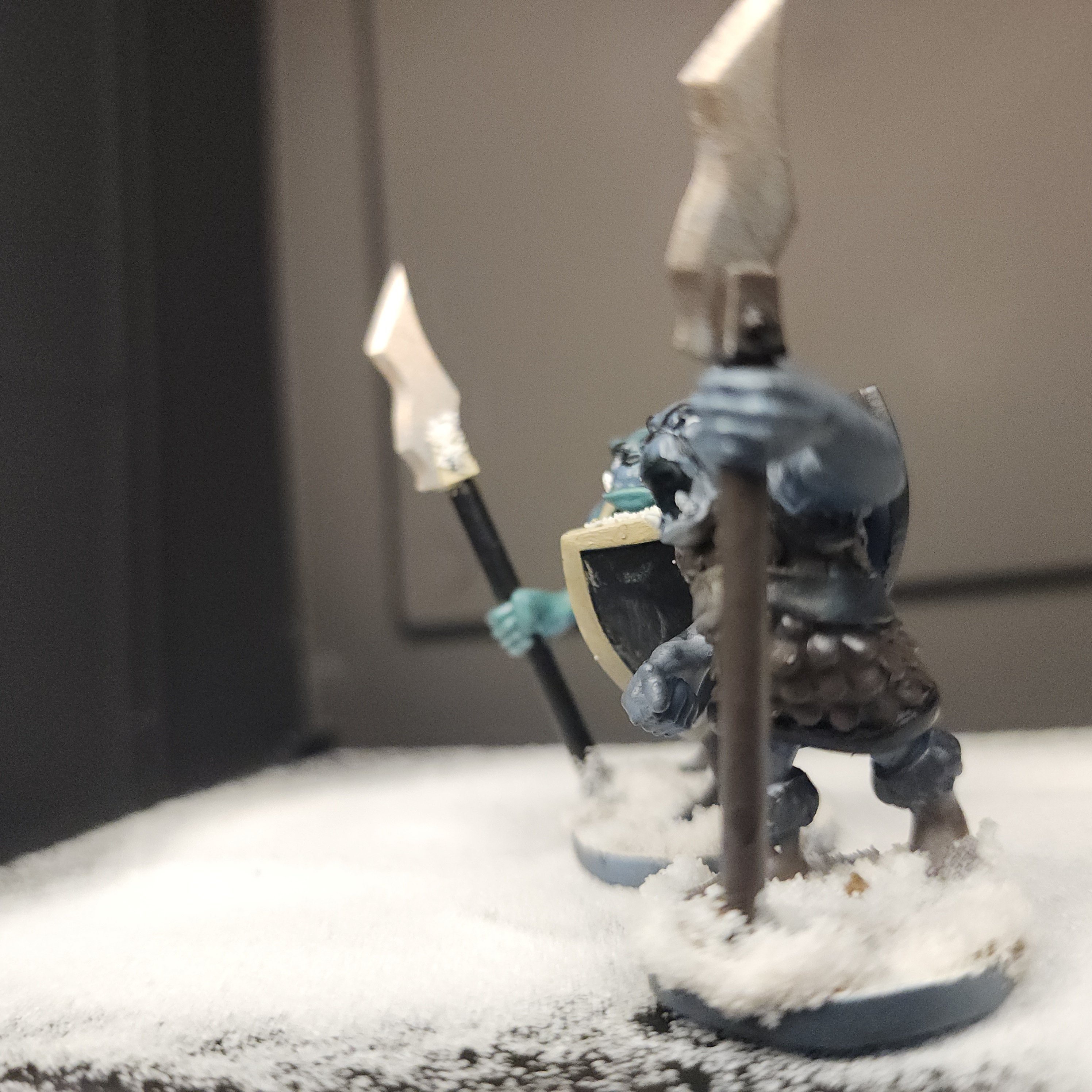
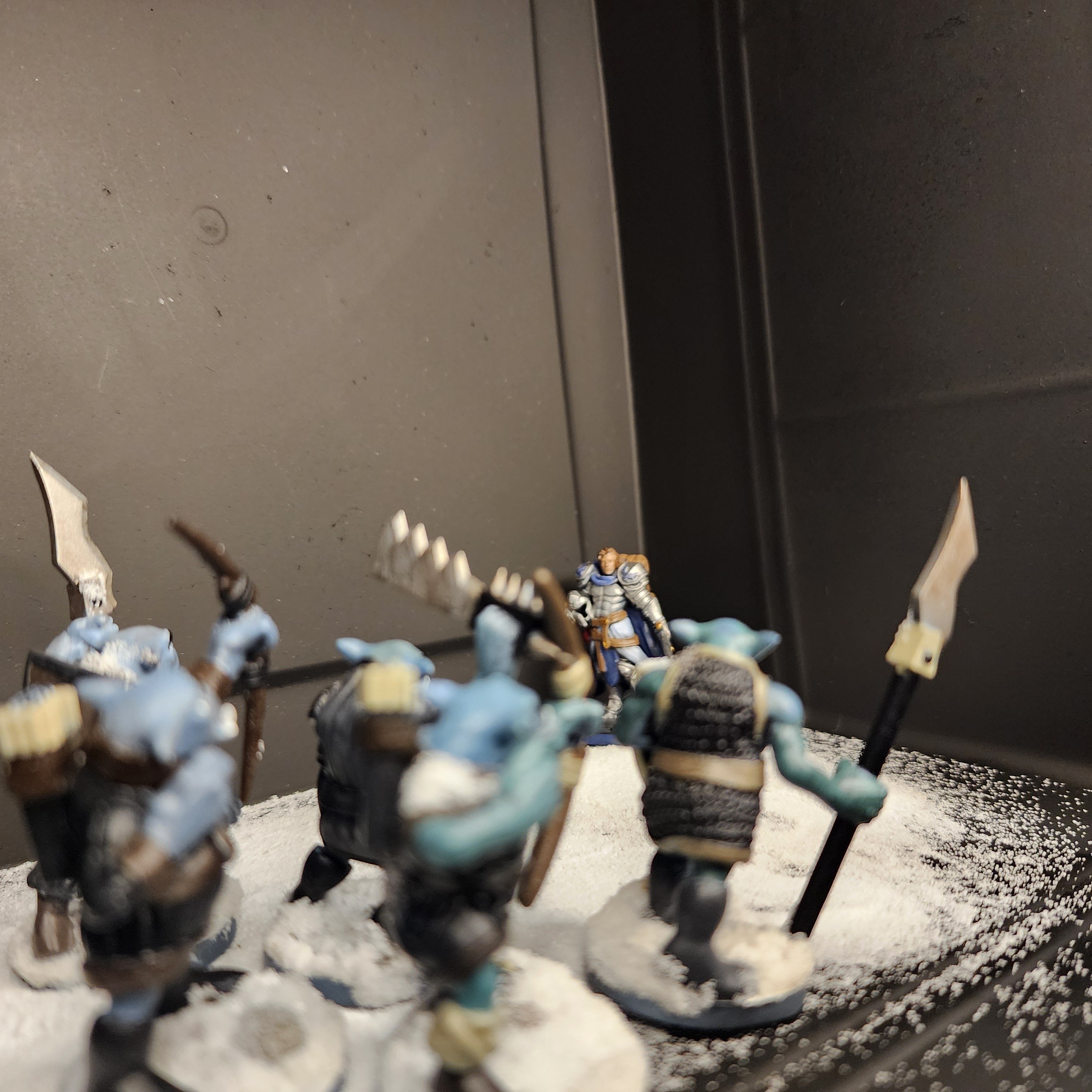

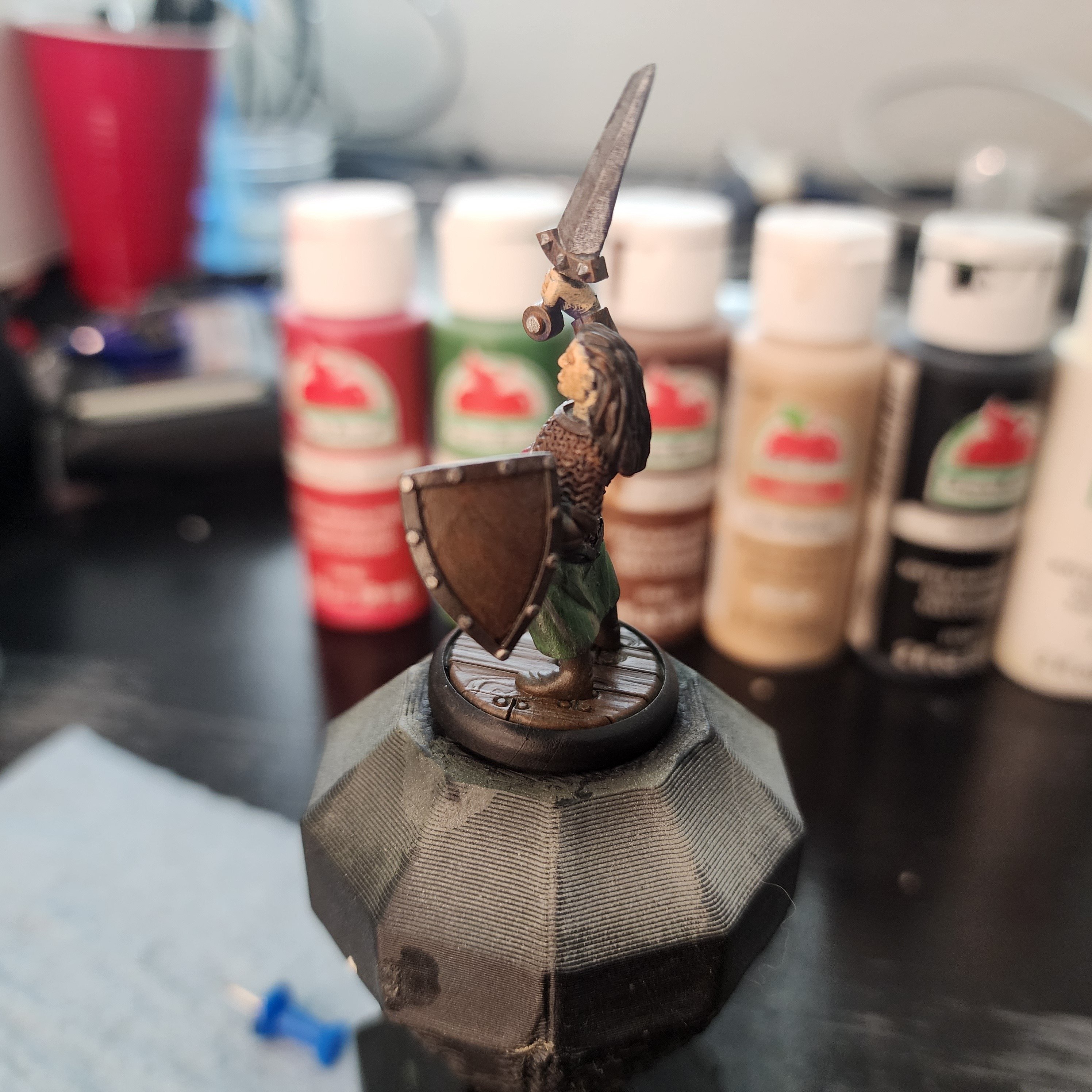
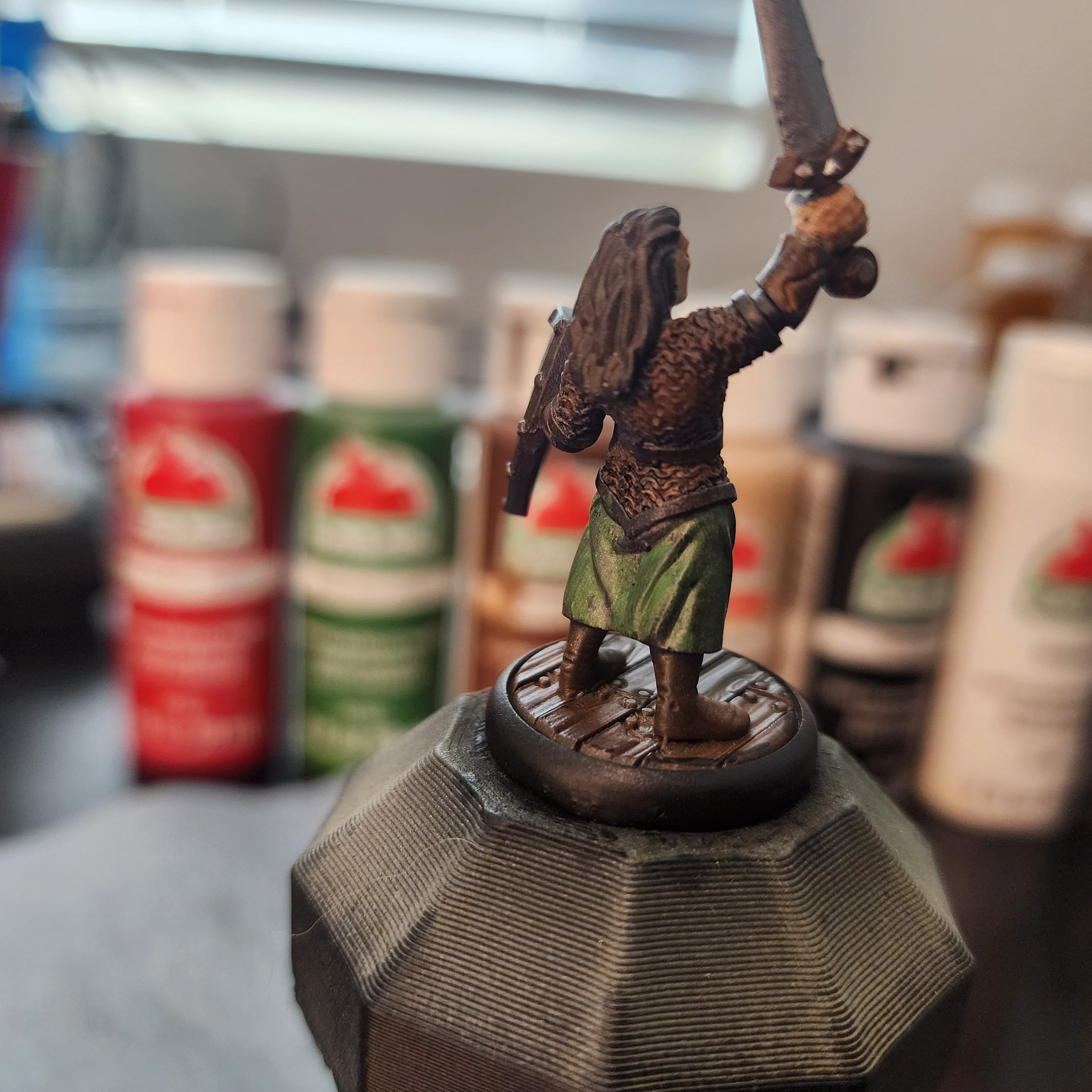


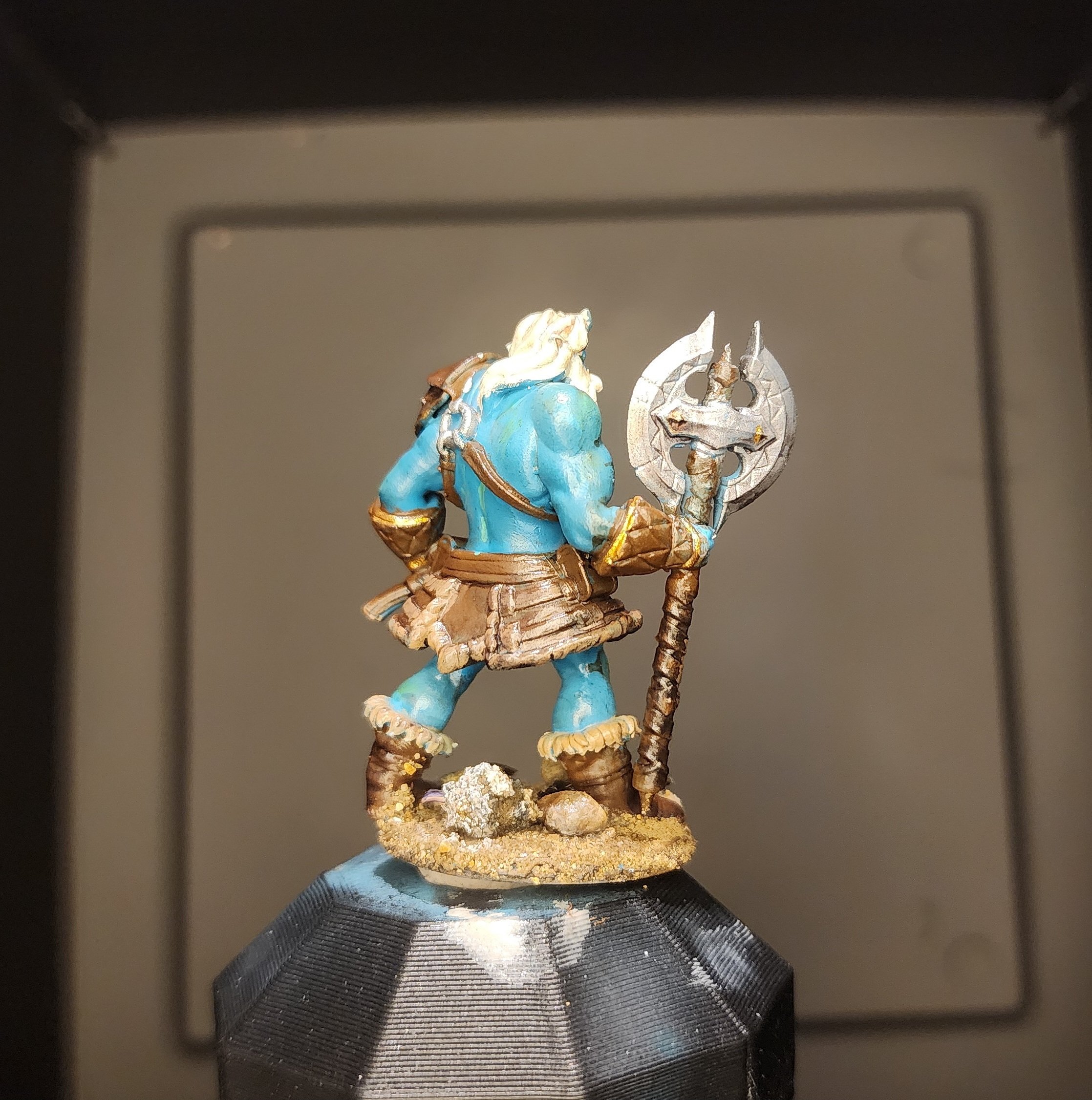
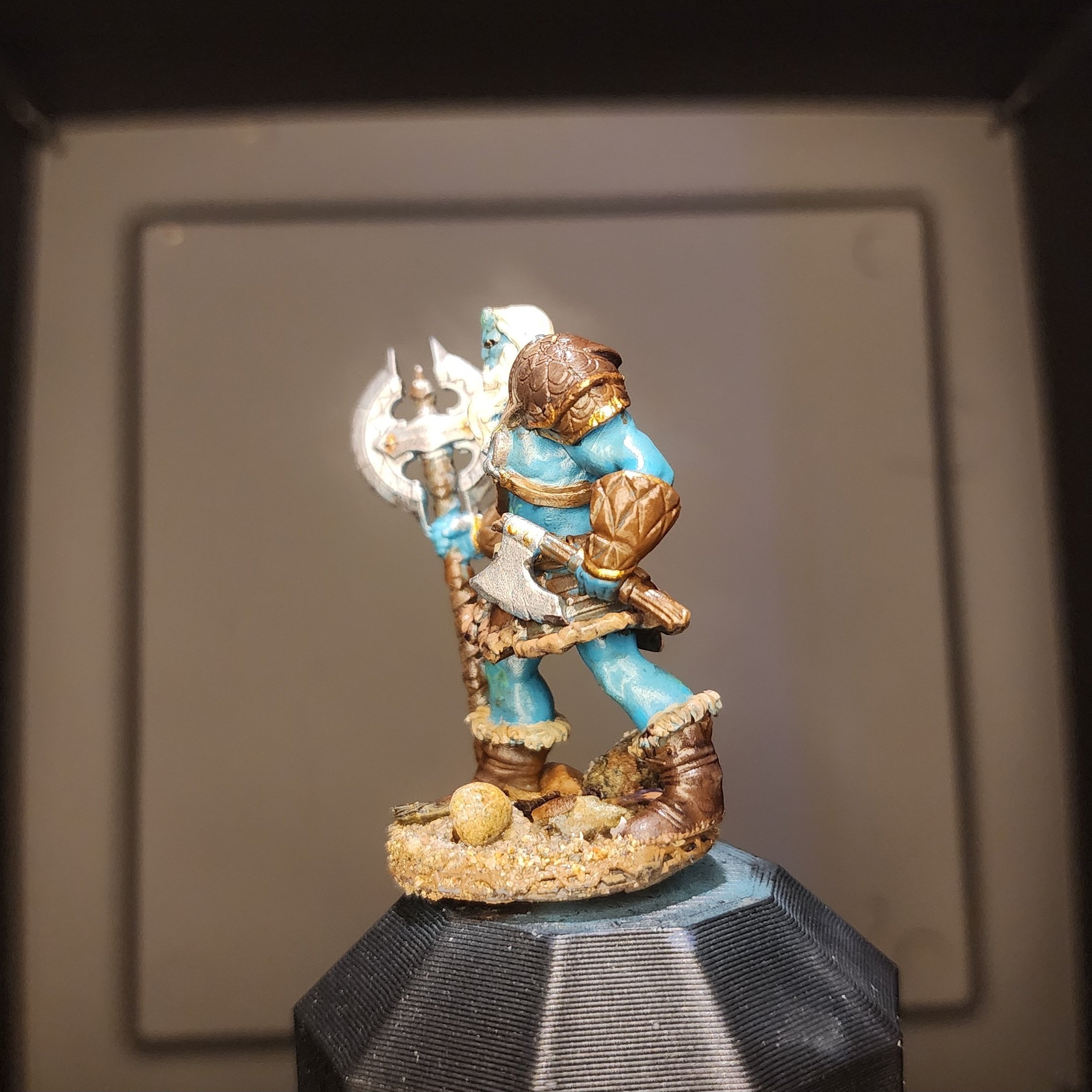
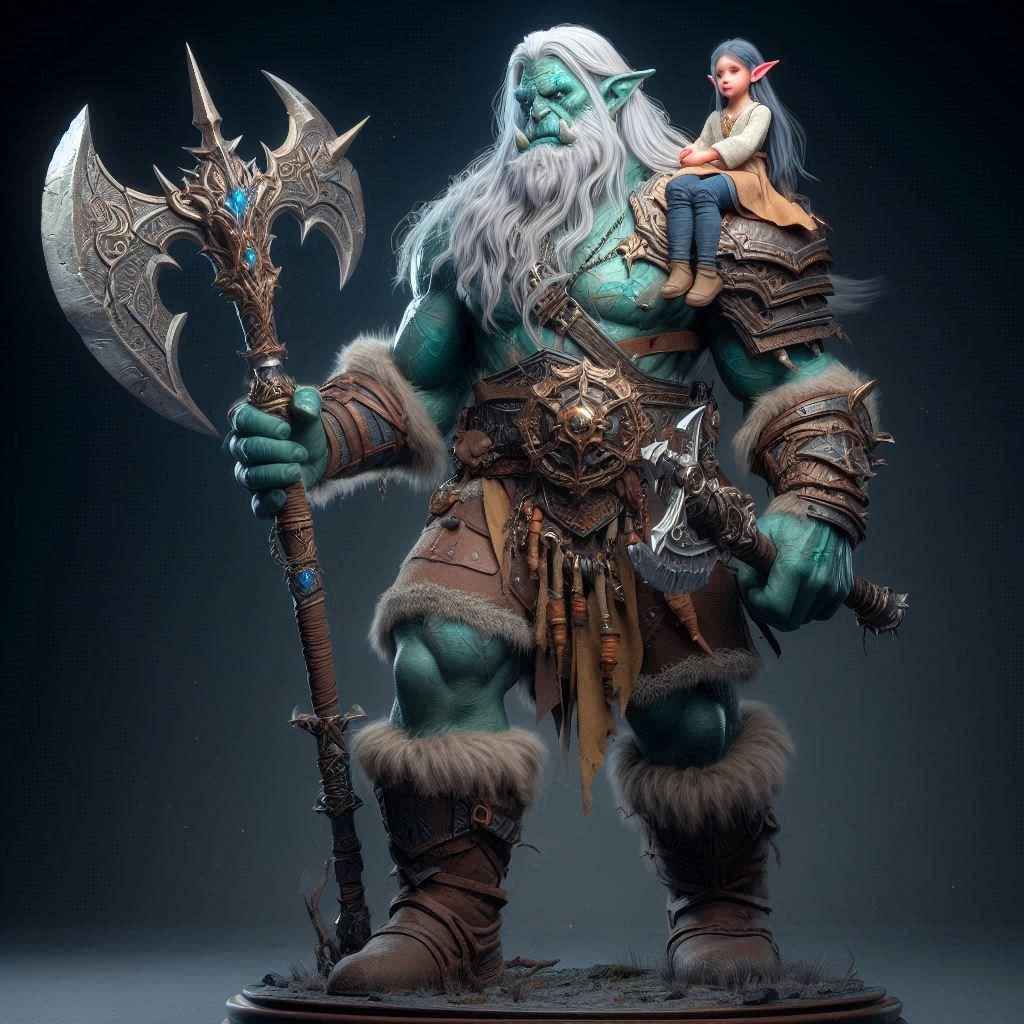

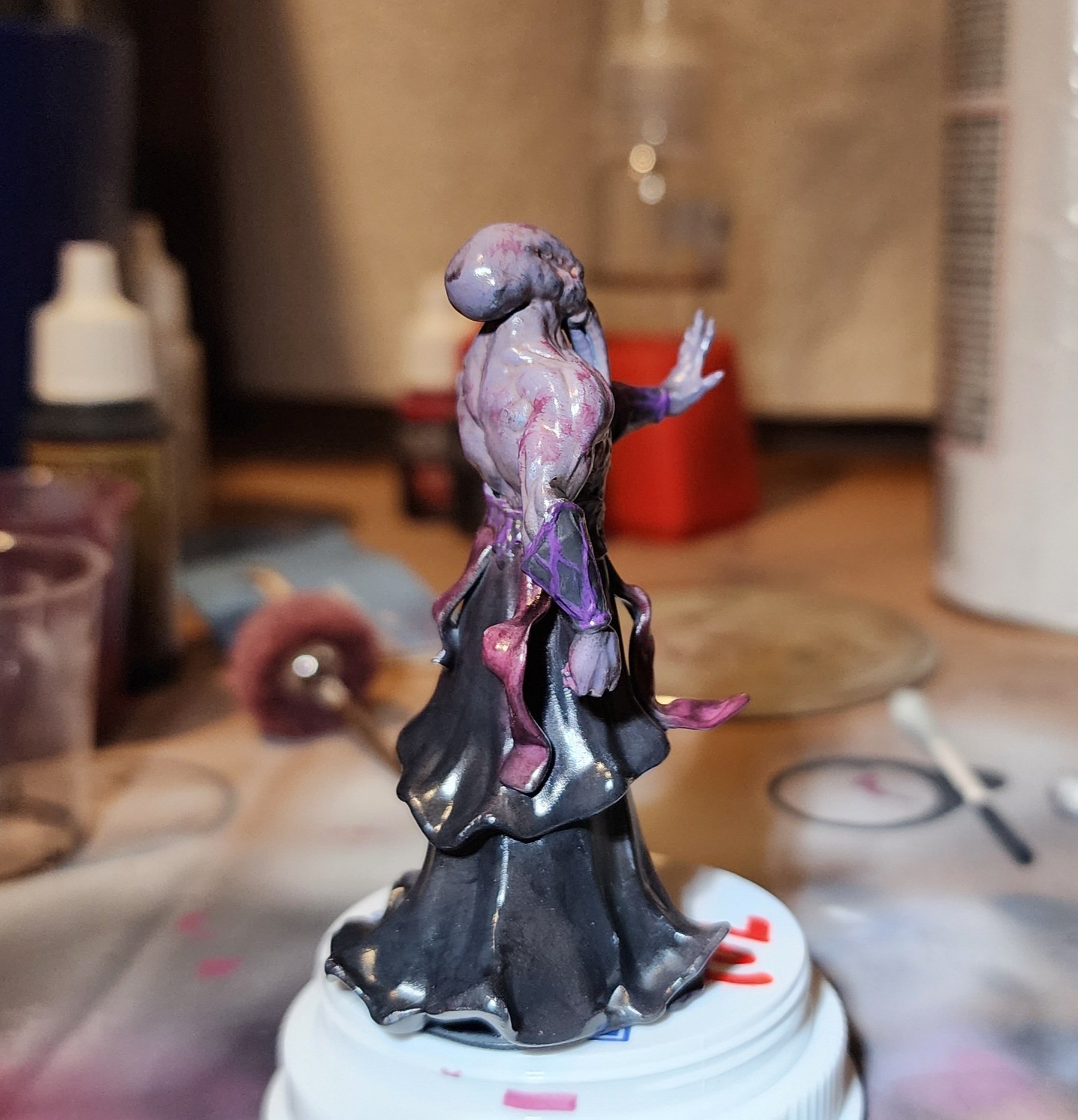
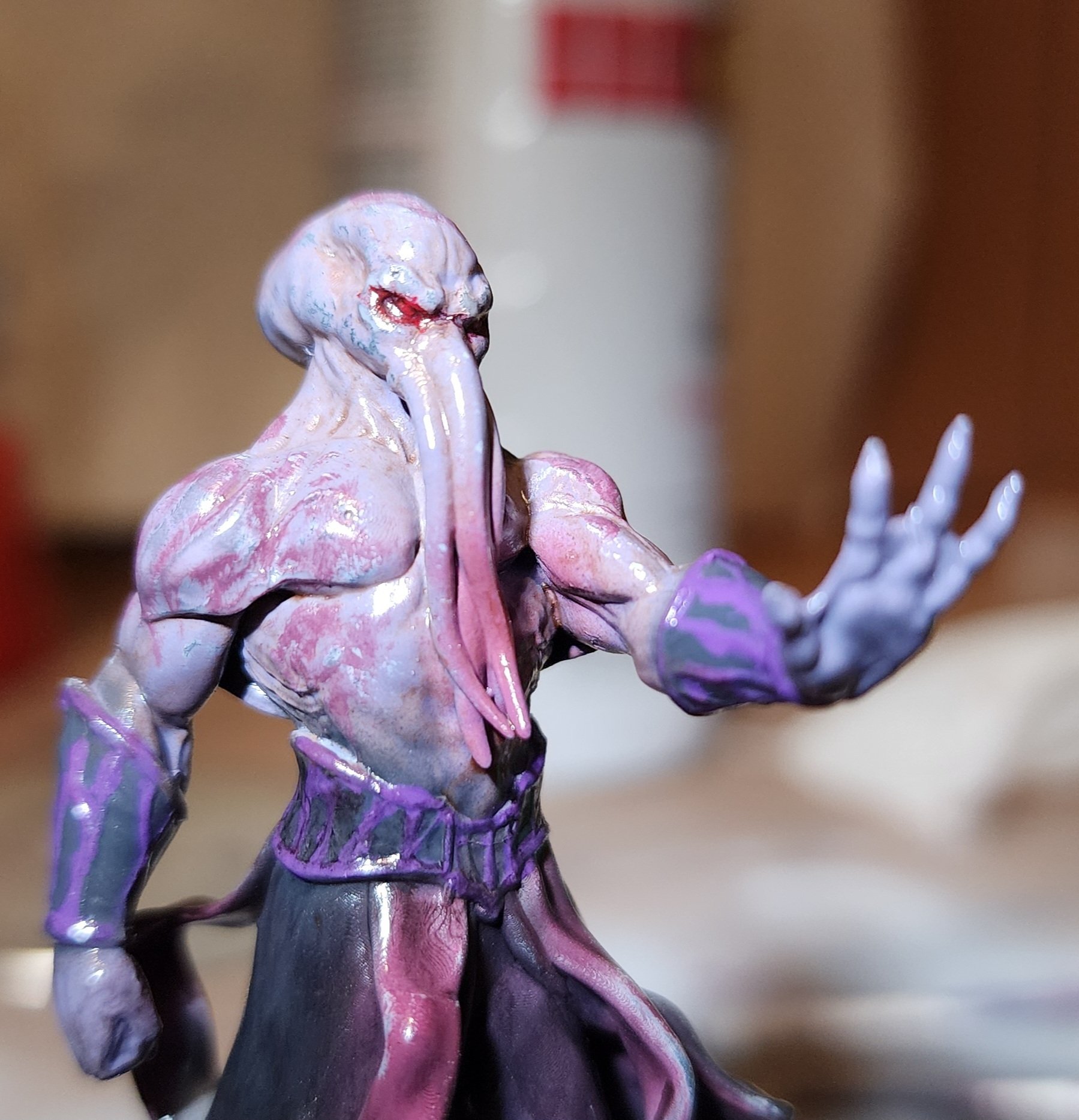
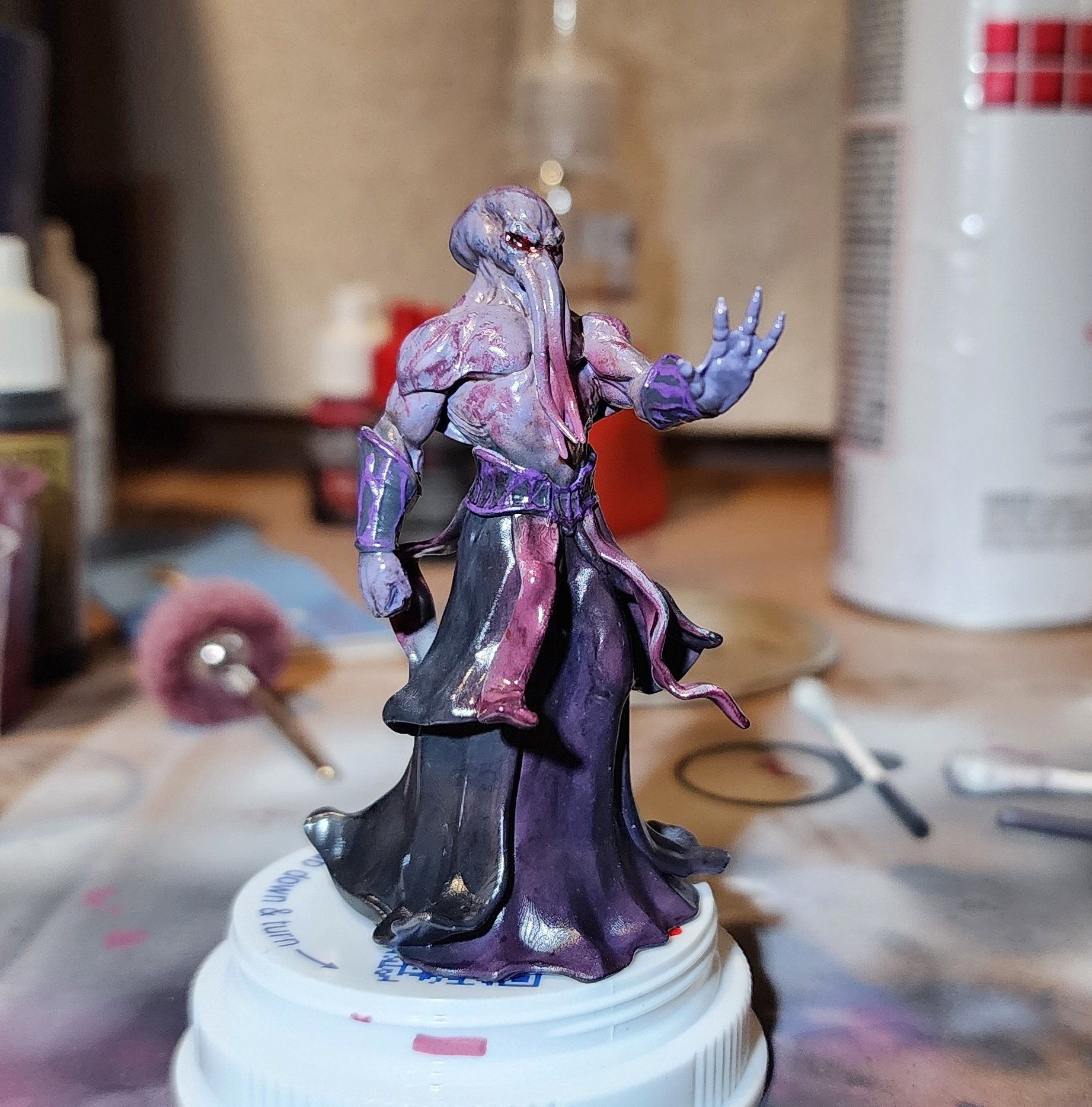
Some rich asshole isn't taking ~~half~~ a quarter of your pay in taxes.
Some rich asshole is not paying his taxes and we have to pay more as a result.
That being said, 25% is comparatively low to other countries.